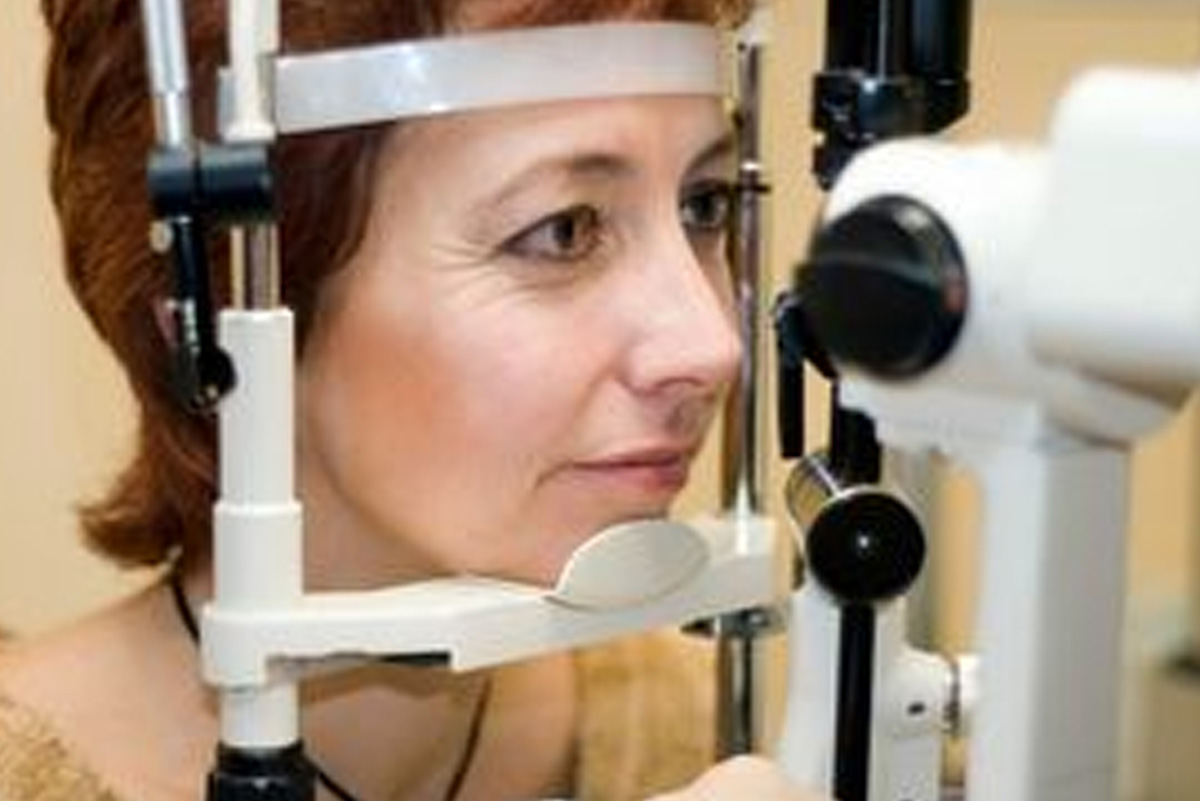April marks Women’s Eye Health and Safety Month, a timely reminder for women everywhere to prioritize their vision and eye health. Surprisingly, a recent survey revealed that 91% of women were unaware they are more likely than men to suffer from vision problems and face a higher risk of permanent vision loss. This gap in awareness can lead to missed opportunities for early intervention and long-term prevention.
Statistically, women account for a larger percentage of patients with several major eye conditions. For example, 65% of people with Age-Related Macular Degeneration (AMD) are women. The numbers are similarly high for other conditions: 61% for cataracts and glaucoma, 56% for refractive errors, and 63% for overall vision impairment. These figures highlight just how essential it is to recognize April as both Women’s Eye Health and Safety Month and a key opportunity for outreach during Healthy Vision Month.
Women are also significantly more likely to experience dry eye, due in part to health conditions like ocular rosacea—three times more common in women—as well as hormonal shifts during pregnancy or menopause. These changes can reduce tear production and increase discomfort, which can lead to more serious complications if not addressed.
Understanding risk factors is the first step toward protecting your vision. Here are a few proactive ways women can safeguard their eye health:
- Learn your family’s eye health history, especially if conditions like glaucoma or macular degeneration are present.
- Wear 100% UV-blocking sunglasses when outdoors to shield your eyes from harmful radiation.
- Avoid smoking, as it increases the risk of AMD, cataracts, and dry eye.
- Follow a nutrient-rich diet, and take eye health supplements as advised by your eye care professional.
- Practice strict hygiene with contact lenses and cosmetics to prevent infections.
- Limit screen time and protect against blue light exposure from smartphones, computers, and other LED lighting sources.
- If you are pregnant and have diabetes, consult with your doctor about scheduling a comprehensive eye exam. Diabetic retinopathy can progress rapidly during pregnancy and may pose risks for both mother and baby.
In many families, women—especially mothers—are the primary caretakers of everyone’s health, including their loved ones’ vision. Yet their eye care often takes a backseat. Women must prioritize their well-being, too, especially when it comes to vision. Preventive care, awareness of personal risk factors, and regular monitoring can make a lasting difference.
Talk to your eye care provider about personalized steps to protect your vision. Encourage the women in your life to do the same. Once vision is lost, it often cannot be restored—but most causes of vision loss can be prevented with knowledge, early detection, and consistent care.
Above all, remember that regular eye exams are the cornerstone of eye health. Many vision-threatening conditions are painless and symptomless until damage is already done. Don’t wait for symptoms to take action—your sight is worth protecting.
